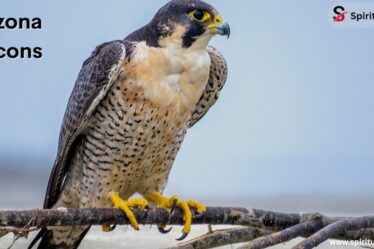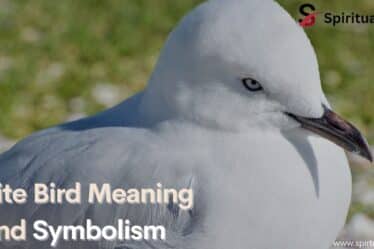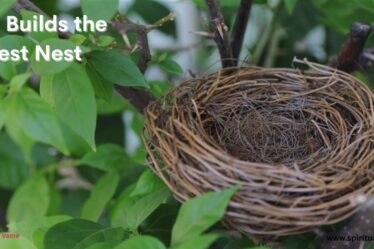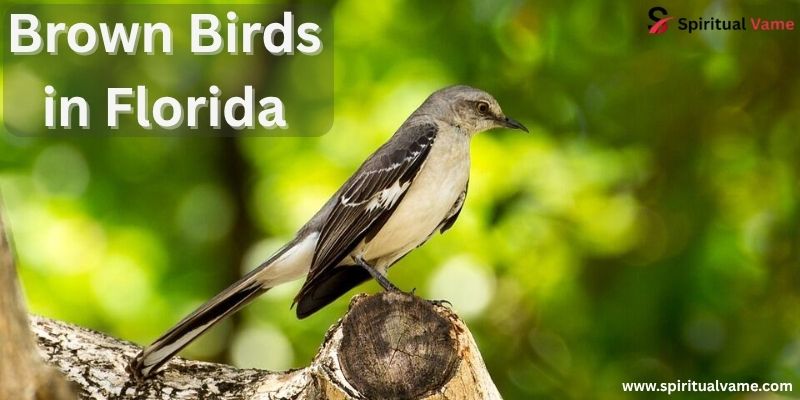
Florida is home to many amazing birds, and some of the most interesting ones are brown. These brown birds in Florida can be found in parks, forests, backyards, and even by the beach. From small wrens to large pelicans, they each have their own special features and sounds.
In this article, we will explore different brown birds in Florida and help you learn how to spot them. Whether you’re new to birdwatching or just curious about a bird you saw, this guide will give you helpful facts. Get ready to discover the beauty and variety of brown birds in Florida, and maybe even spot one near your home!
Discover Types of Brown Birds in Florida
Florida’s diverse habitats—from coastal marshes to suburban backyards—are home to a fascinating array of brown-feathered birds. These species not only add to the state’s rich biodiversity but also offer birdwatchers unique opportunities for observation and study. Let’s delve into the characteristics, behaviors, and habitats of these remarkable birds.
1. Northern Mockingbird
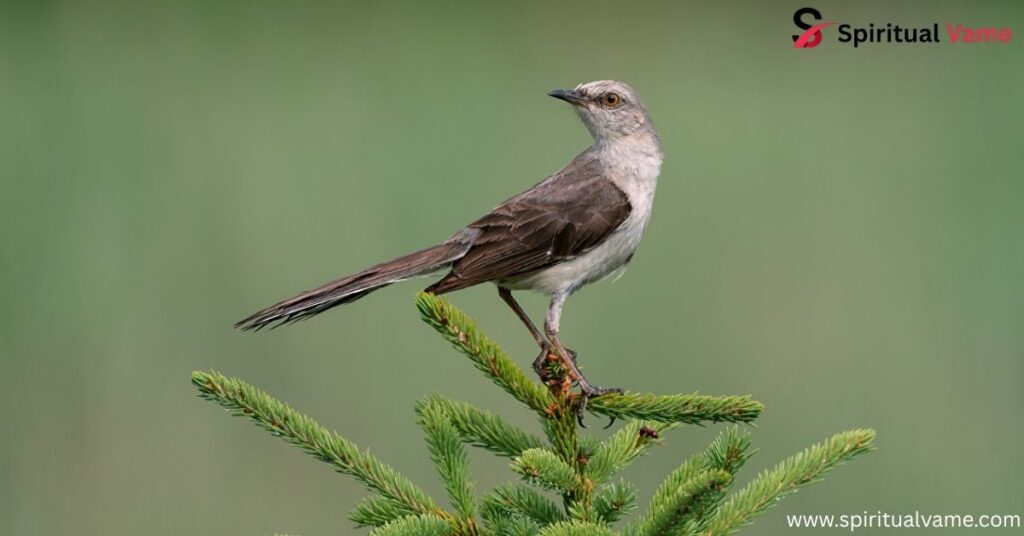
The Northern Mockingbird (Mimus polyglottos) appears all across Florida with its grayish-brown plumage and impressive vocal range. It mimics other birds and even mechanical sounds with ease. This bold bird thrives in urban areas, parks, and gardens, favoring open spaces with scattered trees. It feeds on insects and fruits and fiercely defends its territory, especially during breeding season.
2. Mourning Dove
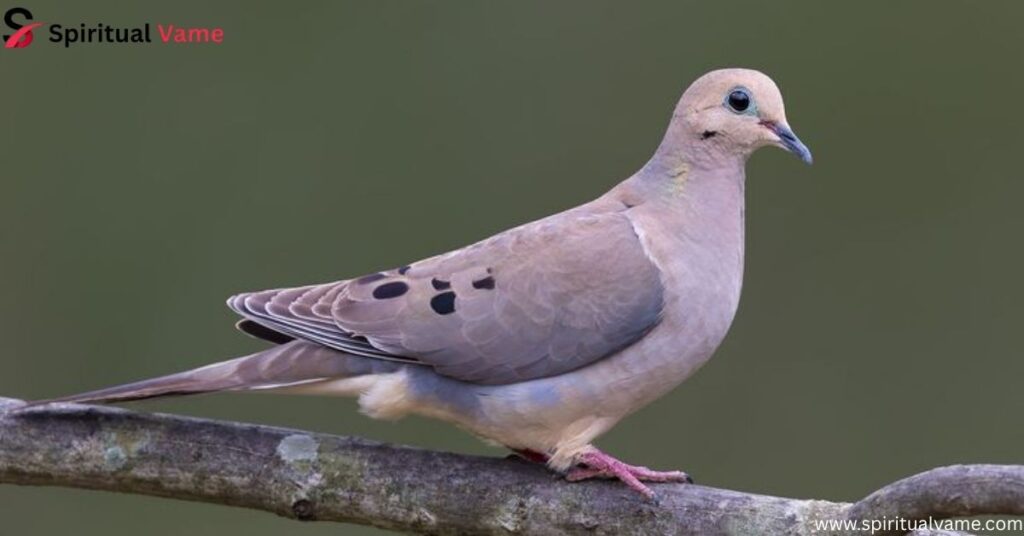
The Mourning Dove (Zenaida macroura) is a slender, graceful bird with soft brown feathers and a distinctive cooing call. Commonly seen perched on telephone wires or foraging on the ground, it feeds primarily on seeds. Its streamlined body and pointed tail make it easily identifiable. Mourning Doves are monogamous and often seen in pairs, nesting in trees or shrubs.
3. Brown Pelican
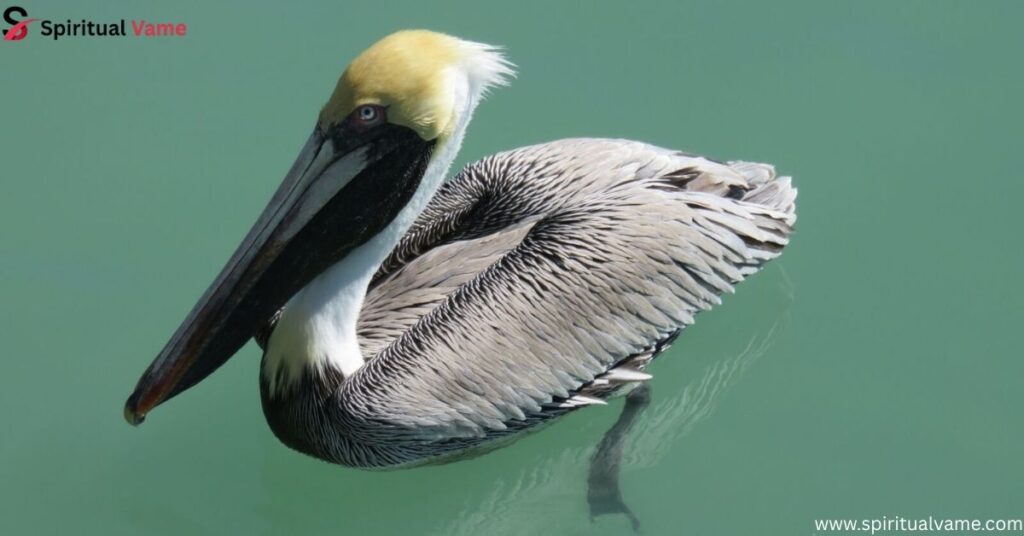
The Brown Pelican (Pelecanus occidentalis) is a coastal bird known for its large bill and expansive throat pouch. With a wingspan of up to 7.5 feet, it’s an impressive sight gliding over Florida’s coastal waters. Brown Pelicans are expert divers, plunging into the sea to catch fish. They nest in colonies on isolated islands, often using mangroves or low shrubs. Their populations have rebounded significantly since the banning of harmful pesticides like DDT.
4. Carolina Wren
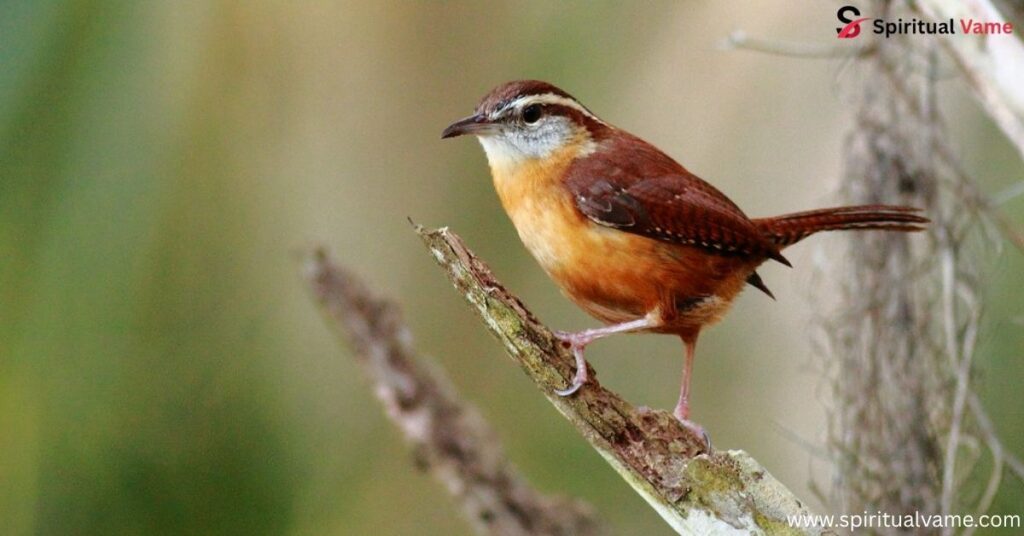
The Carolina Wren (Thryothorus ludovicianus) is a small, energetic bird with rich brown upperparts and a prominent white eyebrow stripe. Known for its loud and melodious song, it inhabits dense underbrush and wooded areas. This wren is a year-round resident in Florida, often nesting in cavities or even synthetic structures like flowerpots. Its diet consists mainly of insects and spiders.
5. Boat-tailed Grackle
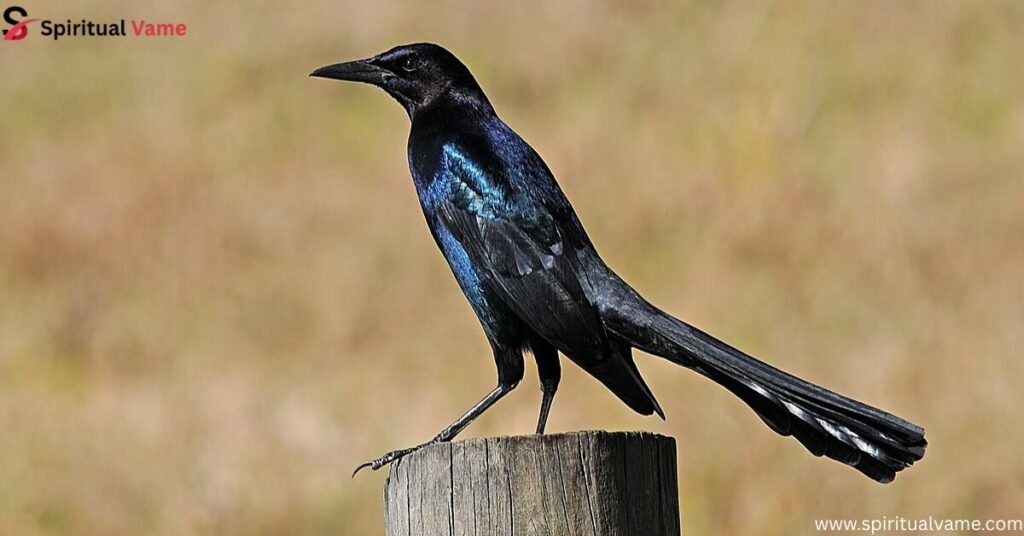
The Boat-tailed Grackle (Quiscalus major) is a large, sociable bird found in Florida’s coastal regions. Males are glossy black with long, keel-shaped tails, while females are brown with a more subdued appearance. These grackles are often seen in marshes, parking lots, and urban areas, foraging for a variety of foods, including insects, grains, and human scraps.
6. Eastern Phoebe

The Eastern Phoebe (Sayornis phoebe) is a small flycatcher with a grayish-brown back and a pale underbelly. Recognizable by its habit of wagging its tail while perched, it frequents open woodlands and suburban areas. Eastern Phoebes feed on insects, catching them mid-air with agile flights. They often build nests under bridges, eaves, or other sheltered spots.
7. Limpkin
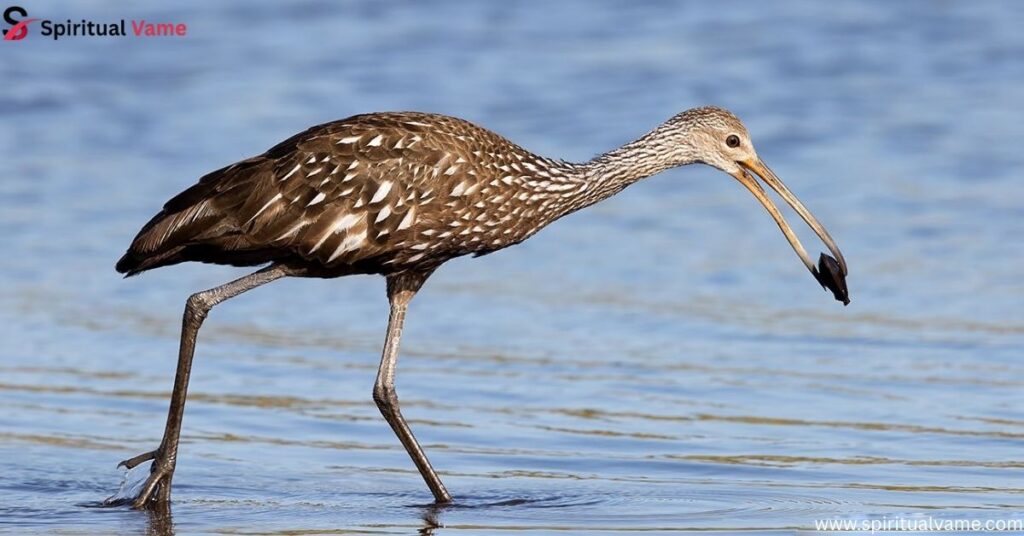
The Limpkin (Aramus guarauna) is a unique wading bird found in Florida’s wetlands. With its brown, streaked plumage and long legs, it resembles a heron but is more closely related to cranes. Limpkins are known for their eerie, wailing calls, especially at dawn and dusk. They primarily feed on apple snails, using their specialized bills to extract the snails from their shells.
8. Brown Thrasher
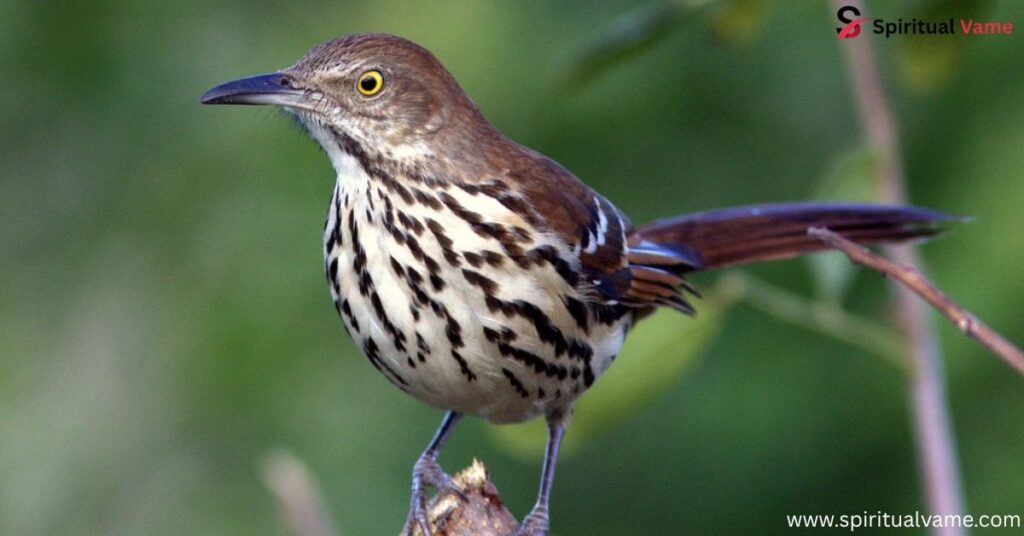
The Brown Thrasher (Toxostoma rufum) shows off reddish-brown upperparts and heavily streaked underparts. This medium-sized songbird is famous for its vast song repertoire, often mimicking other birds. It lives in dense shrubs and thickets, where it forages on the ground for insects and berries. Though secretive, it often reveals itself through its rich, varied songs and busy ground-scratching behavior.
9. Palm Warbler
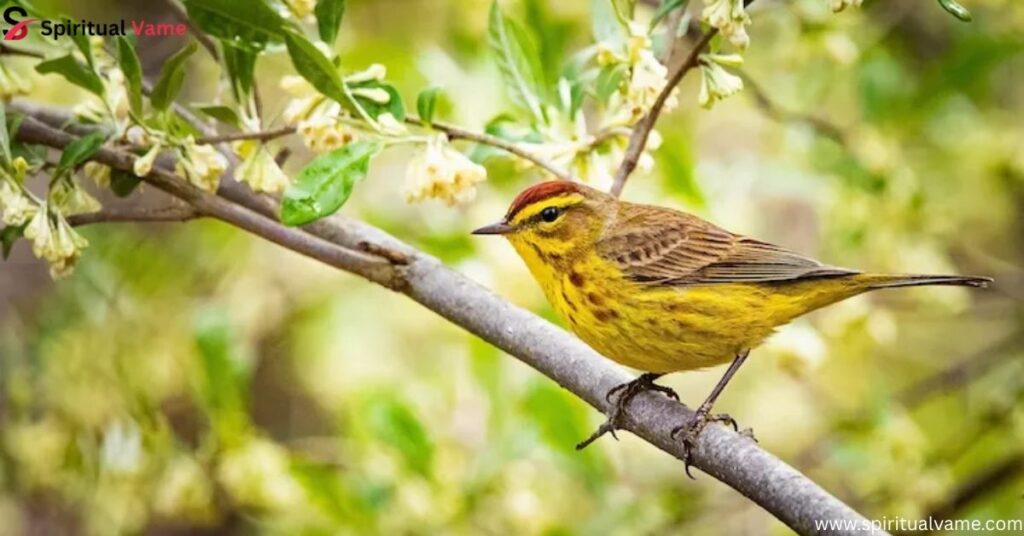
The Palm Warbler (Setophaga palmarum) is a small songbird with olive-brown upperparts and a bright yellow underbelly. Notable for its constant tail-wagging, it’s commonly seen in open areas with scattered trees. During migration, Palm Warblers pass through Florida, feeding on insects and berries. Their distinctive behavior and coloration make them relatively easy to identify.
10. Sedge Wren
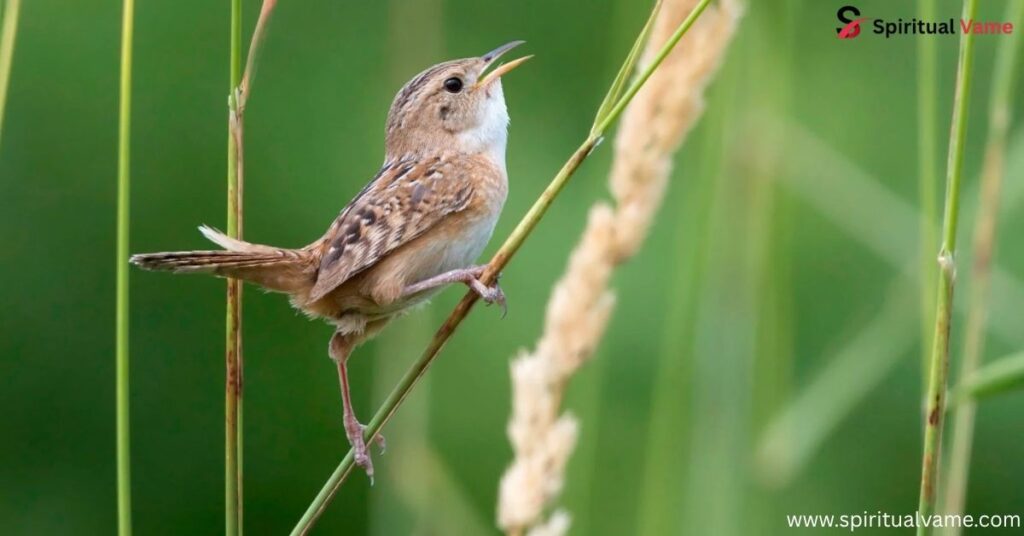
The Sedge Wren (Cistothorus stellaris) is a small, elusive bird that inhabits wet grasslands and meadows. With its brown, streaked plumage and short tail, it blends seamlessly into its grassy environment. Sedge Wrens are known for their secretive nature and distinctive, chattering songs. They feed on insects and spiders, nesting low in dense vegetation.
11. Eastern Towhee
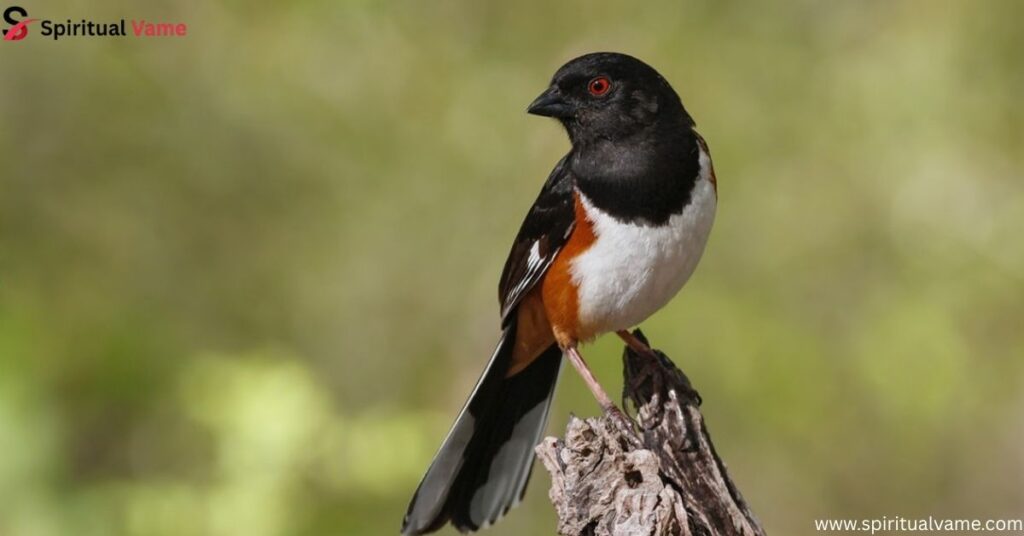
The Eastern Towhee (Pipilo erythrophthalmus) is a striking bird with a black head and back, rufous sides, and a white belly. Females are brown where males are black. They are ground foragers, often heard rustling through leaf litter in search of insects and seeds. Their distinctive “drink-your-tea” song is a common sound in shrubby areas and forest edges.
12. Great Horned Owl
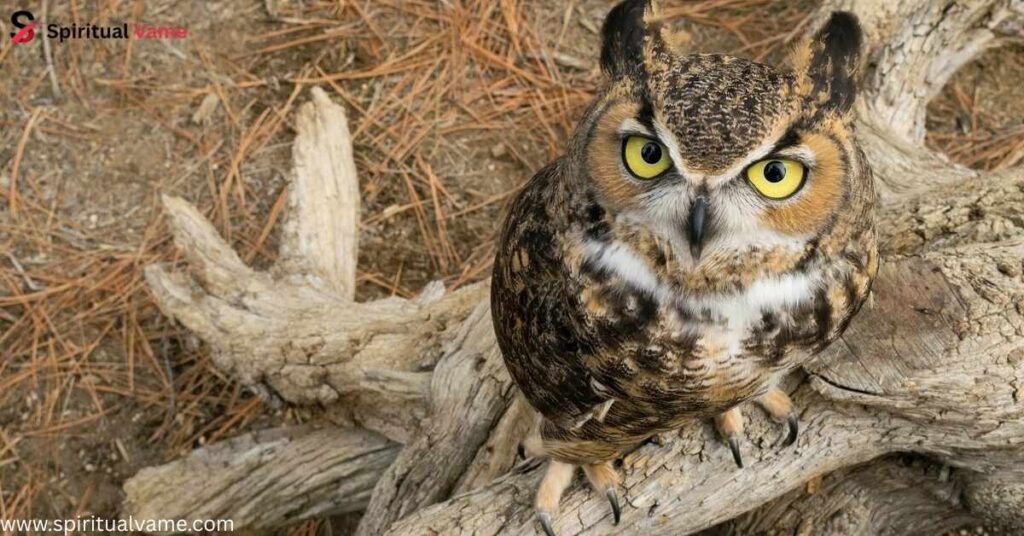
The Great Horned Owl (Bubo virginianus) is a formidable predator with mottled brown plumage and prominent ear tufts. Found throughout Florida, it occupies a variety of habitats, from forests to urban areas. This owl hunts at night, preying on mammals, birds, and reptiles. Its deep hooting call is a characteristic sound of the nocturnal landscape.
13. Hermit Thrush
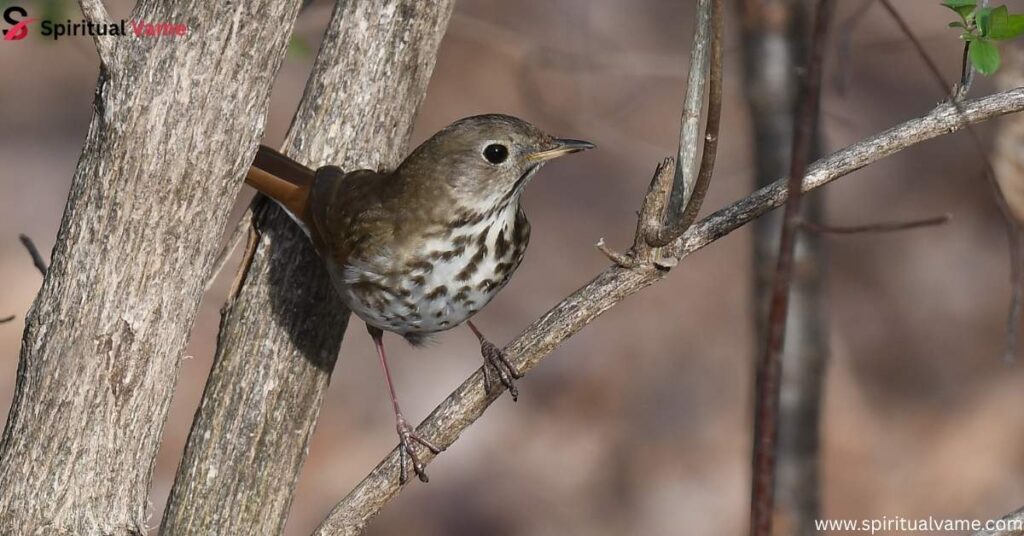
The Hermit Thrush (Catharus guttatus) is a medium-sized songbird with a brown back and a reddish tail. Known for its ethereal, flute-like song, it breeds in northern forests and winters in Florida. Hermit Thrushes forage on the forest floor, feeding on insects and berries. They prefer dense understory habitats, making them more often heard than seen.
14. Rose-breasted Grosbeak
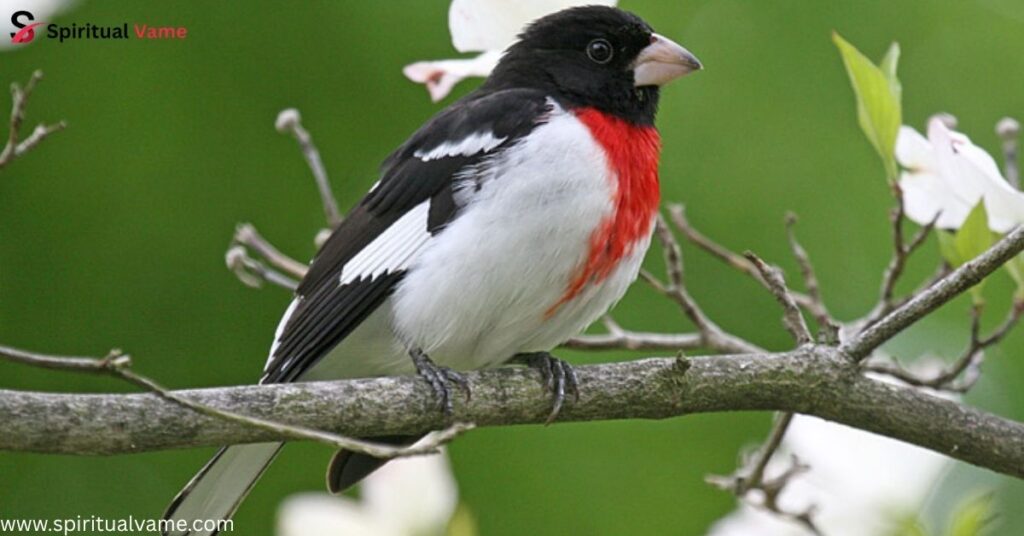
The Rose-breasted Grosbeak (Pheucticus ludovicianus) is a striking bird, with males displaying black and white plumage with a bright red chest, while females are brown with streaked underparts. They breed in northern forests and migrate through Florida. Their rich, melodious songs are often heard during migration. They feed on insects, seeds, and fruits.
15. Louisiana Waterthrush
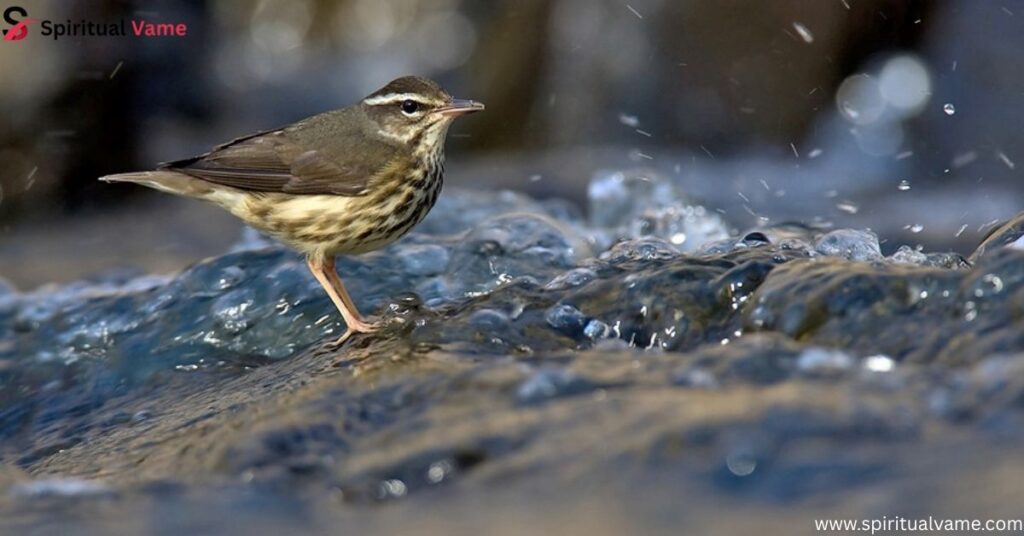
The Louisiana Waterthrush (Parkesia motacilla) is a warbler with brown upperparts and heavily streaked underparts. It inhabits forested streams and is often seen walking along the water’s edge, bobbing its tail. Its diet consists of aquatic insects and small invertebrates. The Louisiana Waterthrush’s loud, ringing song is a hallmark of its preferred habitat.
13 BROWN Birds Common in Florida! (2025)
Florida’s diverse ecosystems host many brown birds that birdwatchers can spot year-round. These species adapt well to urban and suburban areas, often appearing in backyards, parks, and gardens across the state.
1. Red-winged Blackbird (female):
The female Red-winged Blackbird (Agelaius phoeniceus) has streaked brown plumage, contrasting with the male’s black and red coloration. They are often found in wetlands and marshes, feeding on insects and seeds.
2. Brown-headed Cowbird (female):
Female Brown-headed Cowbirds (Molothrus ater) are brown and less conspicuous than the glossy black males. They are brood parasites, laying eggs in the nests of other bird species.
3. House Finch:
House Finches (Haemorhous mexicanus) are small birds with brown-streaked plumage. Males have red markings on the head and chest. They frequent feeders and urban areas, feeding on seeds and fruits.
4. House Sparrow:
House Sparrows (*Passer domesticus*) are ubiquitous in urban settings. Males have gray heads and black bibs, while females are a softer, streaky brown all over. These adaptable birds often nest in building crevices, store signs, or even under roof tiles. They’re highly social and can often be seen hopping around sidewalks or outdoor cafés scavenging crumbs. House Sparrows mainly feed on grains and seeds but will eat insects as well, especially when feeding young.
5. Song Sparrow:
The Song Sparrow (*Melospiza melodia*) is a compact bird with warm brown upperparts and bold streaks on its chest. It’s one of the most widespread sparrows in North America, and in Florida, it’s most often spotted during the winter months. True to its name, this bird has a sweet, melodious song that adds cheer to marshes, shrublands, and gardens. It forages mainly on the ground for insects and seeds, using a distinctive double-hop motion.
6. White-throated Sparrow:
With a splash of white on the throat and a bright yellow spot between the eyes and beak, the White-throated Sparrow (*Zonotrichia albicollis*) is easily recognizable despite its mostly brown back. This bird is a winter visitor to Florida and prefers brushy edges and forested areas. Its clear, whistled song—“Oh sweet Canada, Canada, Canada”—is unmistakable. These sparrows forage low to the ground and are often found scratching through leaves.
7. Chipping Sparrow:
The Chipping Sparrow (*Spizella passerina*) is a petite, neat-looking bird with a brown back and a distinctive rusty cap during the breeding season. In Florida, they are most commonly seen during winter. They prefer open woodland edges, suburban lawns, and parks where they feed primarily on seeds and small insects. Their simple, rapid trill is one of the earliest spring songs you’ll hear in many regions.
8. House Wren:
House Wrens (*Troglodytes aedon*) are small brown birds with a bubbly, energetic song. Their plumage is plain brown with subtle barring on the wings and tail, which helps them blend into brush piles and dense vegetation. These wrens are common during migration and can be spotted nesting in cavities, birdhouses, and even old boots or mailboxes. Despite their tiny size, they are fierce defenders of their nesting territory.
9. Rose-breasted Grosbeak (female):
The female Rose-breasted Grosbeak shows a brown, streaked body that contrasts sharply with the male’s bold black and red. Her thick beak and strong facial stripe help birders identify her easily. Birdwatchers often spot these birds in Florida during spring and fall migration, especially in wooded areas and fruiting trees. Though she sings more softly, the female also adds to the beautiful whistling songs this species is known for.
10. Carolina Wren:
A year-round resident in Florida, the Carolina Wren is small, round, and full of personality. Its rich cinnamon-brown upperparts and loud “teakettle-teakettle” song make it a delight to observe. These wrens are commonly found in gardens, woodlands, and even garages or sheds where they like to nest in tucked-away places. They eat insects, spiders, and sometimes small fruits, often hopping around energetically in search of food.
11. Northern Cardinal (female):
The female Northern Cardinal has soft brown plumage with warm reddish tinges on the wings, tail, and crest. While the male is bright red, the female’s more subdued tones offer excellent camouflage. These birds are common in suburban yards and woodlands across Florida. Both sexes sing, though the male’s call is more recognizable. They love sunflower seeds and are frequent visitors at backyard feeders.
12. Brown Thrasher:
The Brown Thrasher is Florida’s state bird and a true mimic artist. With reddish-brown plumage and bright yellow eyes, this bird is hard to miss if you’re lucky enough to spot one. They sing loud and long, often repeating phrases like a mockingbird. Thrashers prefer thick shrubs and tangles where they can forage for insects and berries, using their long curved bill to dig through leaf litter.
13. Brown-headed Nuthatch:
This tiny bird with a brown cap and soft gray body is a year-round resident of pine forests in northern and central Florida. The Brown-headed Nuthatch (*Sitta pusilla*) is famous for its squeaky, rubber-duck-like call. These birds move nimbly along tree trunks in search of insects and often use tools—like flakes of bark—to help pry food from crevices. They’re also one of the few North American birds known to engage in cooperative breeding.
Conclusion
Florida’s brown birds might not always turn heads like their flashier cousins, but once you start noticing them, you’ll appreciate just how fascinating and diverse they are. From tiny wrens and chattering sparrows to massive pelicans and mysterious owls, these feathered locals offer endless chances for discovery. So grab a pair of binoculars, download a birding app, or just head to your backyard with a cup of coffee—your next feathered friend could be just a chirp away. And if you spot something new, don’t forget to share your sightings or photos with fellow bird lovers!

